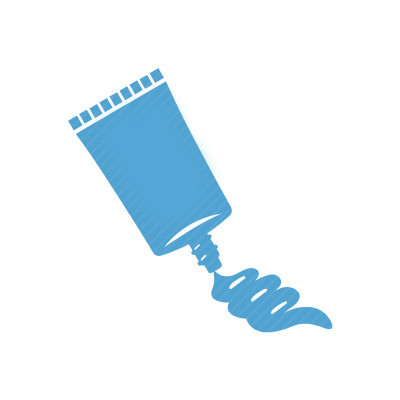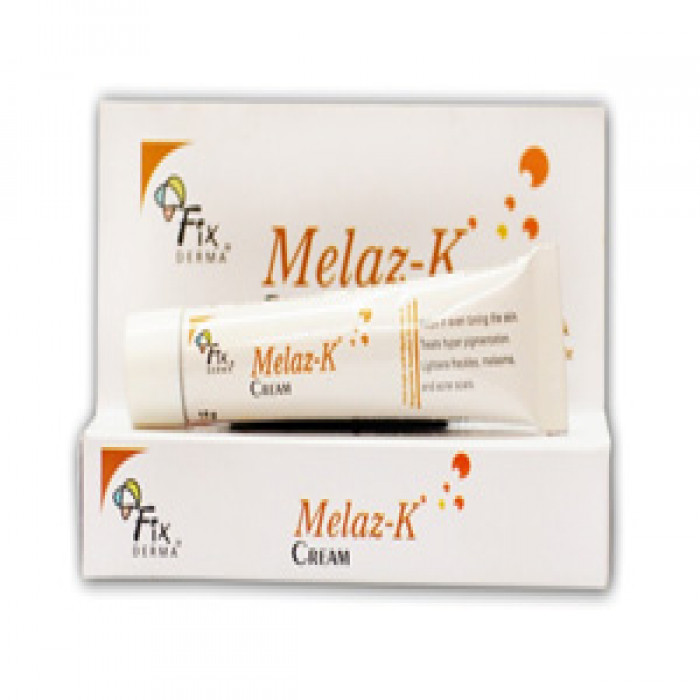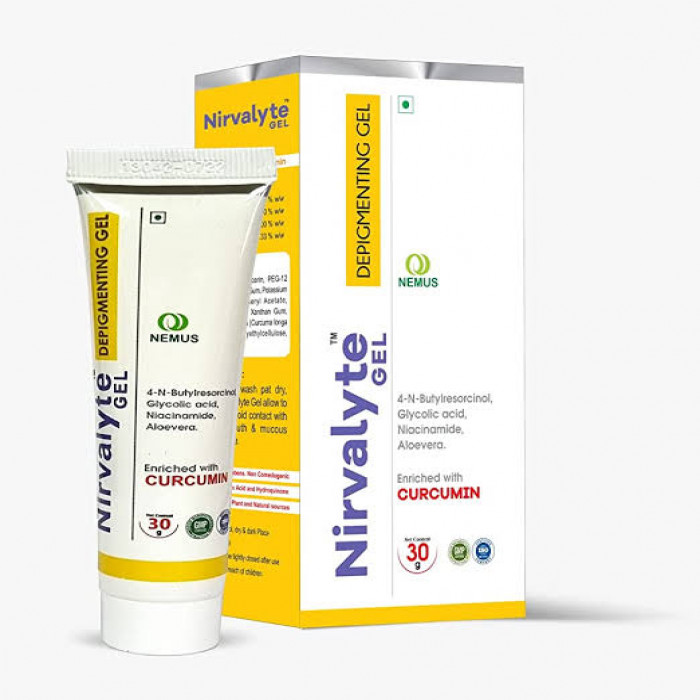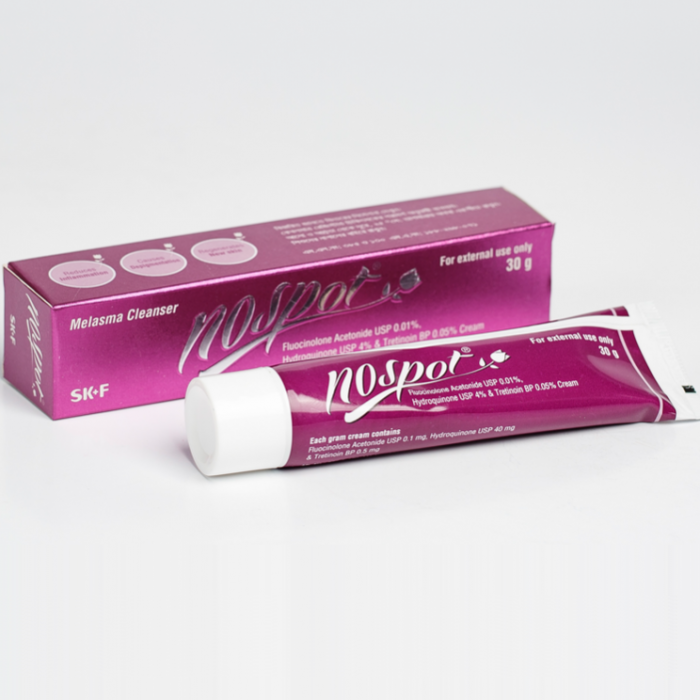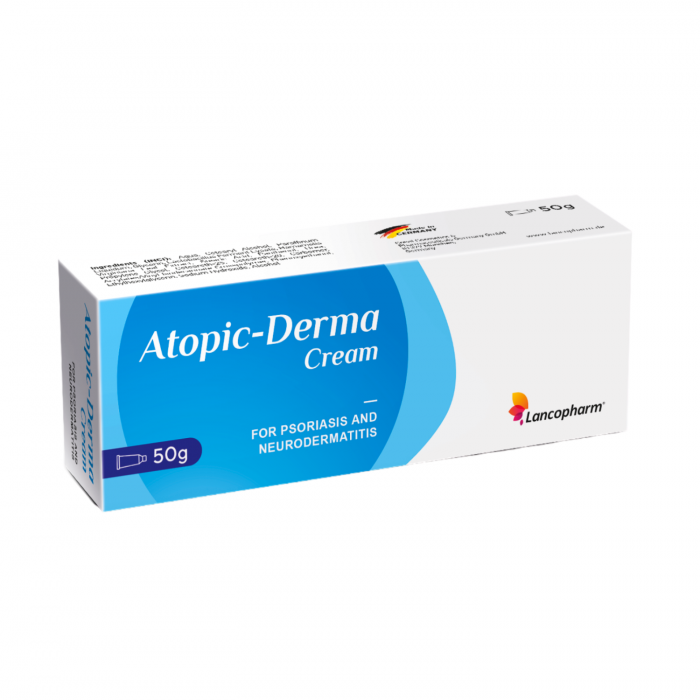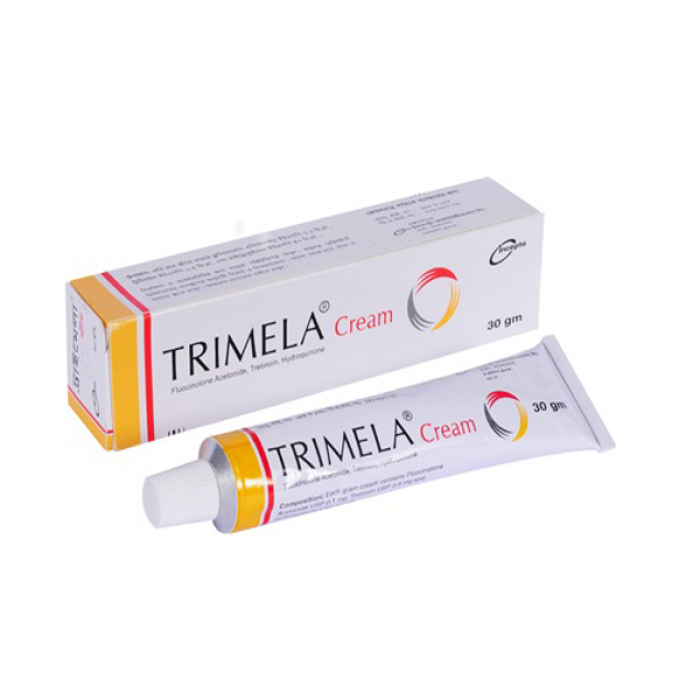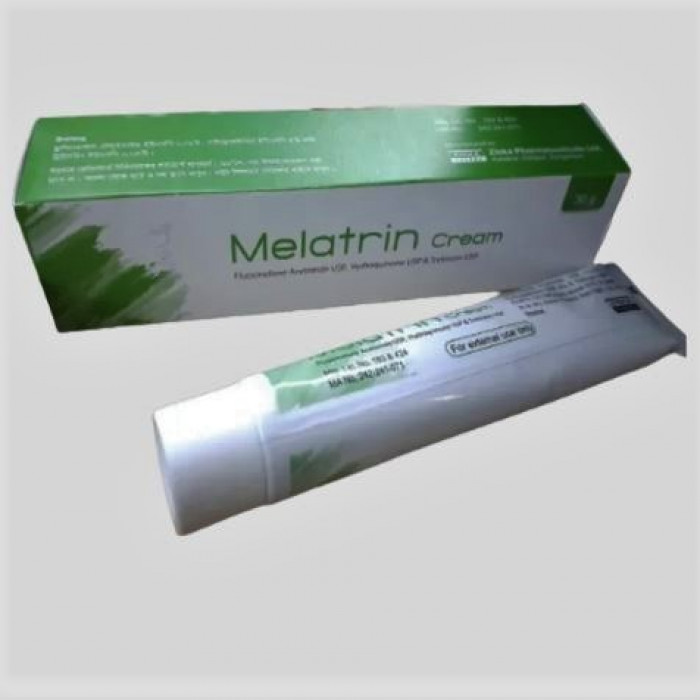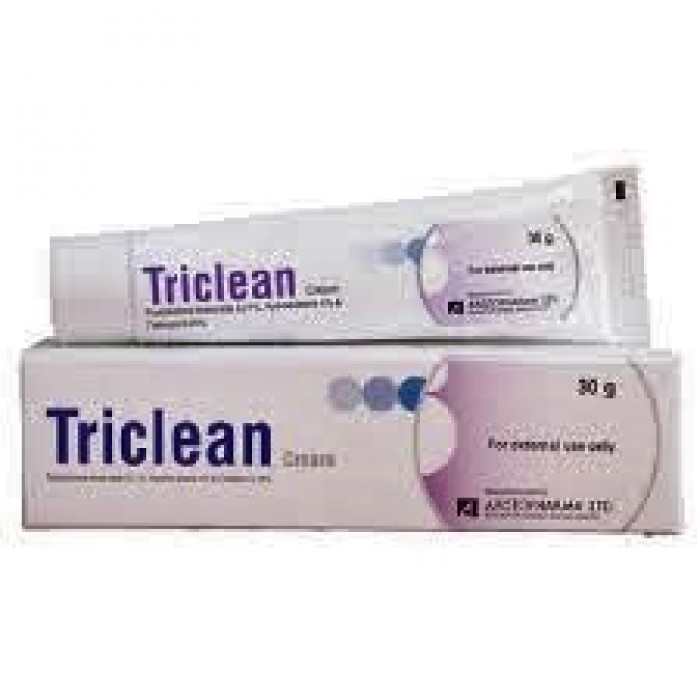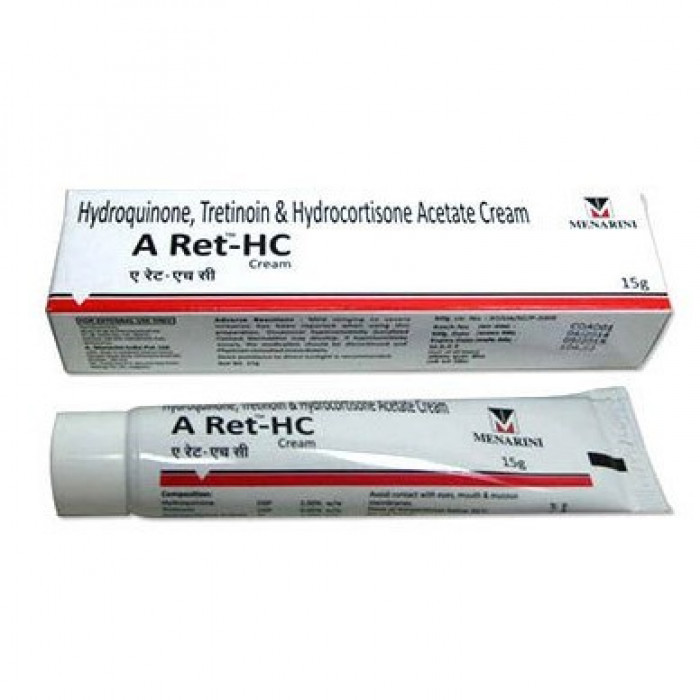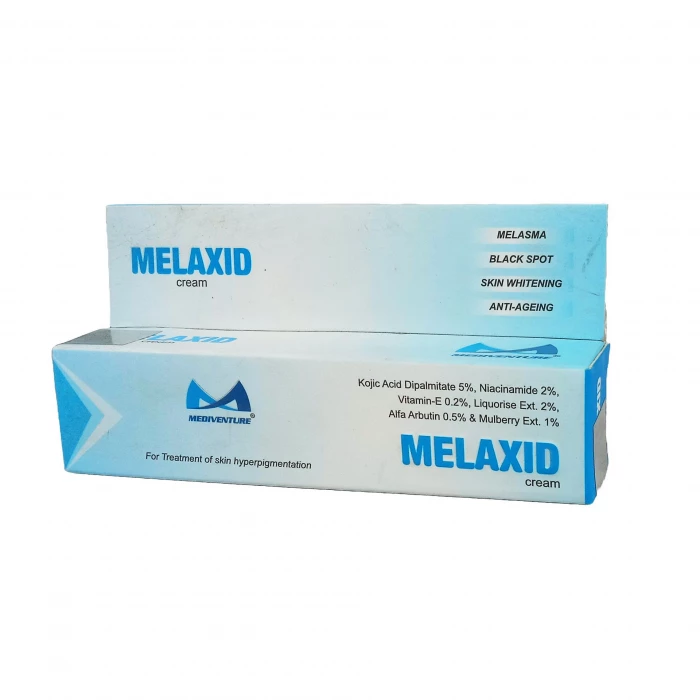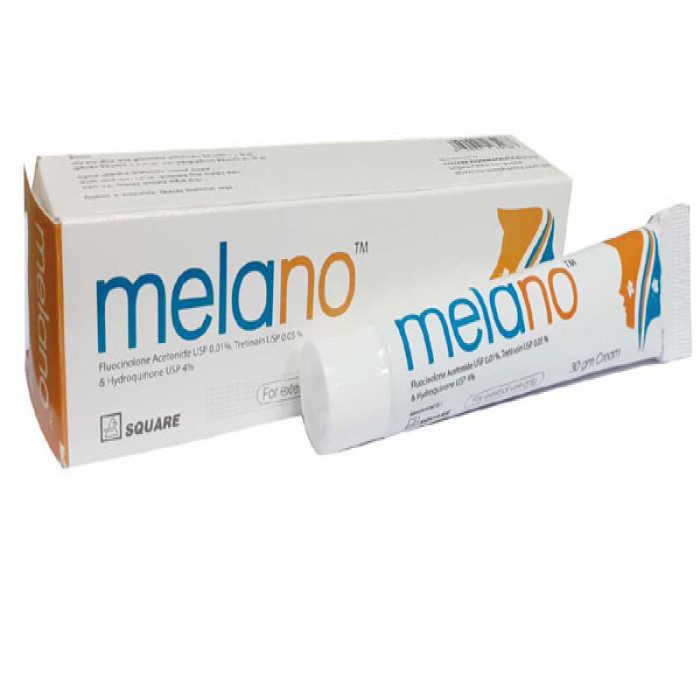
✔ 100% Authentic Product
👁️ Currently Viewing 440
Beaute Melasma X 3D Whitening Clinic Mask Pack 30ml
The Beaute Melasma-X 3D Whitening Clinic Mask Pack is a premium skincare solution designed to address hyperpigmentation, melasma, and uneven skin tone while promoting a radiant and youthful complexion.

100% Genuine Products, Guaranteed
Safe & Secure Payments, Always
Fast, Secure & Efficient Delivery
Proper Packaging
 Cash on Delivery - All over Bangladesh
Cash on Delivery - All over Bangladesh Regular Delivery - 8-12 Hours, Dhaka City*
Regular Delivery - 8-12 Hours, Dhaka City* Regular Delivery - 24-48 Hours, All Over Bangladesh*
Regular Delivery - 24-48 Hours, All Over Bangladesh* ফ্রি ডেলিভারি! - ১৪৯৯ টাকা+ অর্ডারে ঢাকা
শহরে ।
ফ্রি ডেলিভারি! - ১৪৯৯ টাকা+ অর্ডারে ঢাকা
শহরে । ফ্রি ডেলিভারি! - ২৯৯৯ টাকা+ অর্ডারে ঢাকার
বাহিরে ।
ফ্রি ডেলিভারি! - ২৯৯৯ টাকা+ অর্ডারে ঢাকার
বাহিরে ।
✅ Description:
3D Contouring Fabric:
- The mask is made from a 3D fabric that contours to the shape of your face, providing optimal coverage and maximizing the absorption of the active ingredients for better results.
Whitening & Brightening Formula:
- This specially formulated mask is designed to lighten dark spots, even out skin tone, and improve the appearance of melasma and hyperpigmentation, resulting in a brighter and more uniform complexion.
Hydrating & Nourishing:
- Infused with deeply moisturizing ingredients, this mask helps keep the skin soft, smooth, and hydrated, ensuring long-lasting moisture.
Anti-Aging Properties:
- The mask works to reduce the appearance of fine lines and wrinkles, helping the skin look youthful, plump, and rejuvenated.
Clinically Tested:
- Dermatologically approved, this mask is designed to be safe for all skin types, including sensitive skin, providing peace of mind when using it regularly.
✔️ Benefits:
Targeted Treatment for Melasma:
- The mask is specifically designed to target melasma and other pigmentation issues, working to reduce the appearance of dark spots and promote an even skin tone.
Radiant Skin:
- With its brightening formula, the mask helps lighten dark spots and dullness, boosting your skin's natural radiance for a glowing complexion.
Enhanced Hydration:
- Deeply moisturizing ingredients keep your skin fresh, plump, and nourished, ensuring it stays hydrated throughout the day.
Smooth and Youthful Appearance:
- By reducing fine lines and wrinkles, the mask helps to smooth out your skin’s texture, leaving it looking youthful and rejuvenated.
At-Home Salon Experience:
- The mask delivers professional-level results, allowing you to experience a salon-quality whitening treatment in the comfort of your own home.
✔️ How to Use:
- Cleanse: Start by thoroughly cleansing your face to remove any dirt, oil, or makeup.
- Apply the Mask: Unfold the mask and apply it to your face, ensuring it fits comfortably over your eyes, nose, and mouth for full coverage.
- Leave On: Allow the mask to sit for 15-20 minutes, giving the ingredients time to penetrate your skin.
- Remove the Mask: Gently remove the mask and lightly pat the remaining serum into your skin for full absorption.
- Follow with Your Skincare Routine: Finish by applying your usual moisturizer or sunscreen to seal in the benefits.
Disclaimer:
ePharma sole intention is to ensure that its consumers get proper
information as musch as possible. Although we do not guarantee the
accuracy and the completeness of the information that provided and
here information is for informational purposes only.
The information contained herein should NOT be used as a substitute
for the advice of a qualified physician. This may not cover
everything about particular health conditions,
lab tests, medicines, all possible side effects, drug interactions,
warnings, alerts, etc. Please consult your healthcare professional
and discuss all your queries related to any disease or medicine. We
intend to support, not replace, the doctor-patient relationship.




